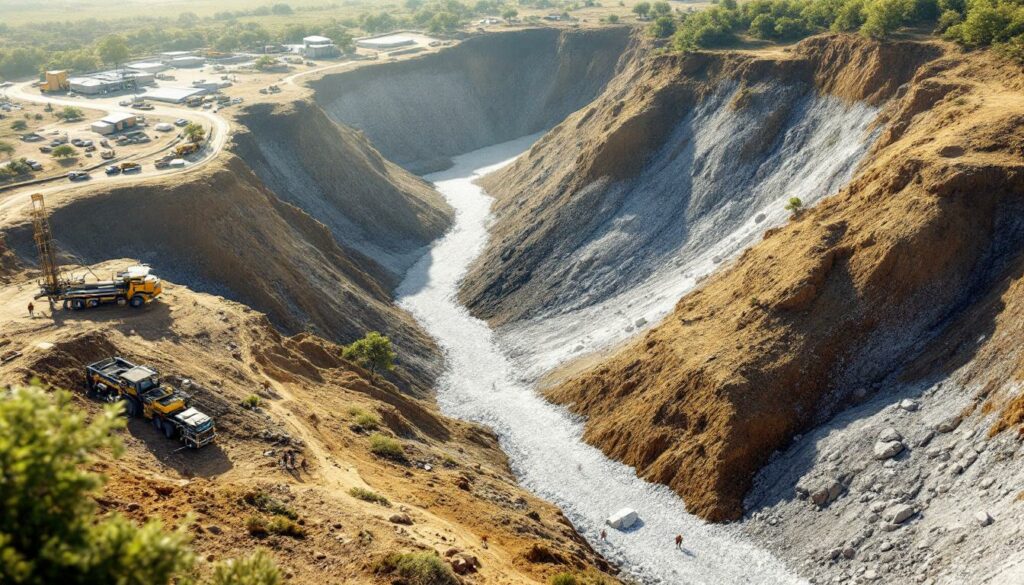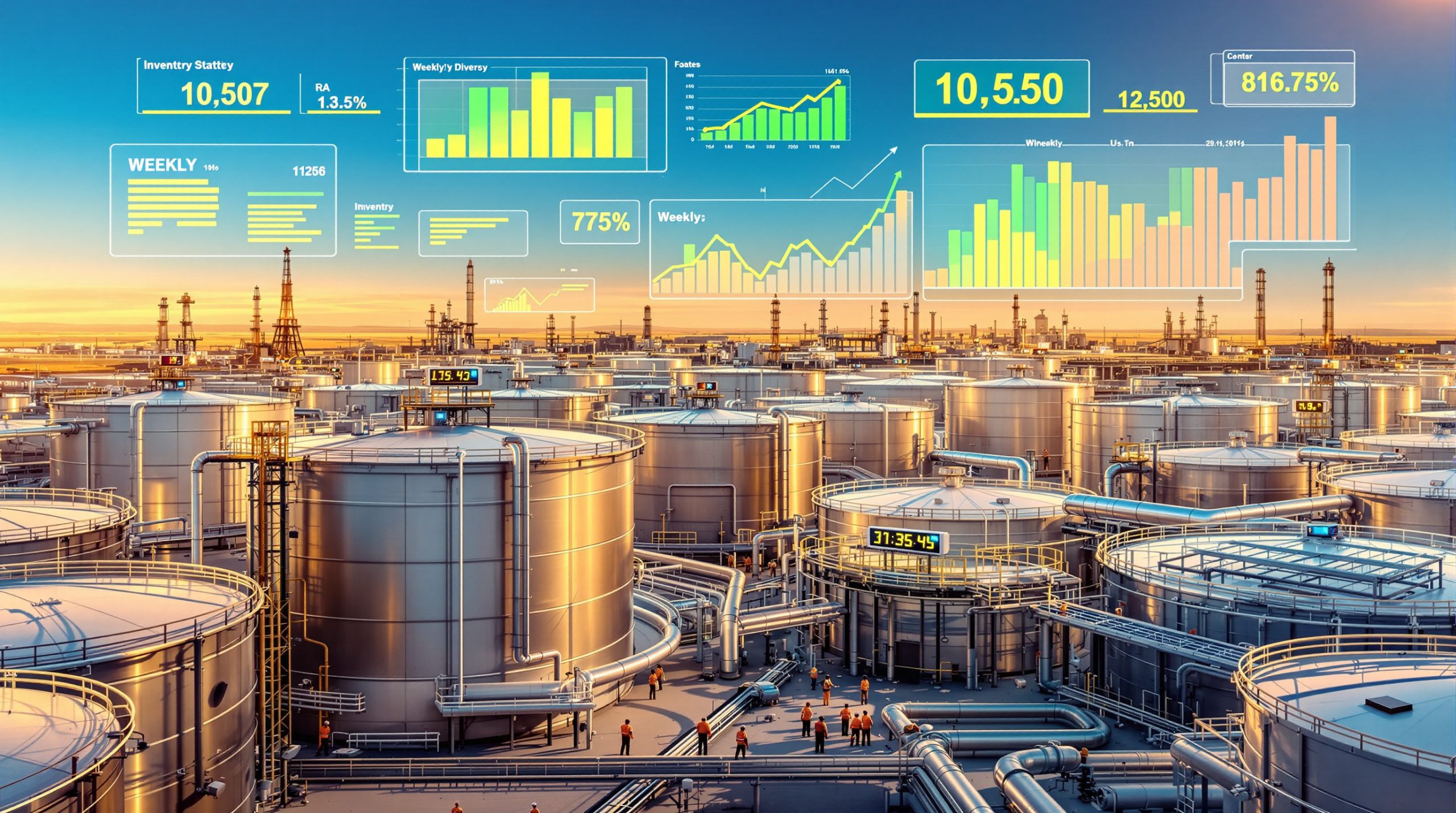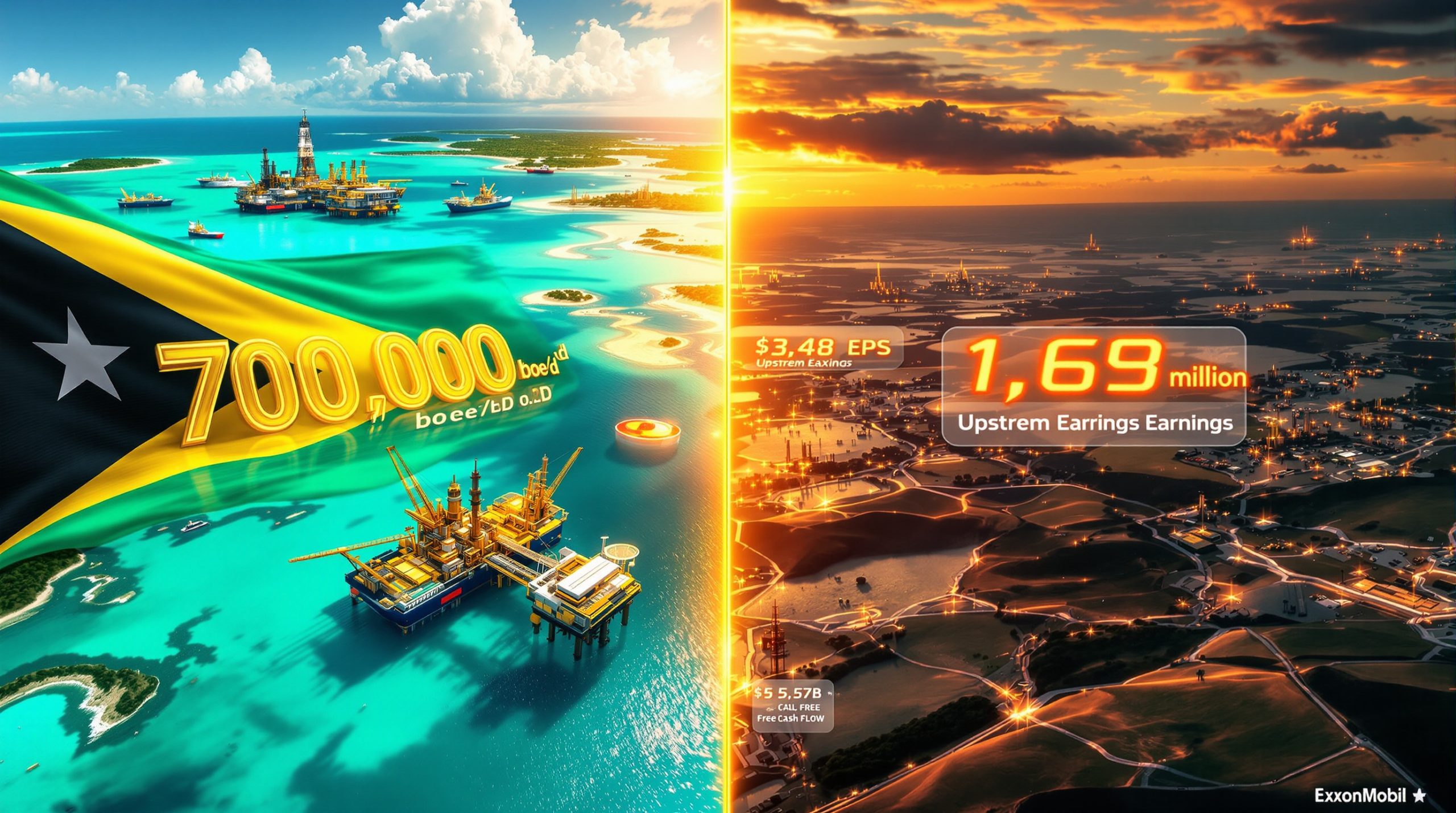What is the Kasiya Rutile-Graphite Project and How Does It Impact the Global Market?
The Kasiya Rutile-Graphite Project stands as a landmark development in the critical minerals transition, strategically positioned in Malawi, Africa. As Sovereign Metals' flagship initiative, this project has captured significant attention for its exceptional dual-commodity potential and strategic importance in global supply chains.
Understanding Sovereign Metals' Flagship Project
Kasiya represents a remarkable geological phenomenon – holding the world's largest natural rutile resource while simultaneously hosting one of the largest flake graphite deposits globally. This rare combination positions the project as a potential cornerstone in the supply of critical minerals essential for the green technology transition.
The project's location in Malawi offers several strategic advantages, including stable governance for mining operations, established infrastructure corridors for export, and proximity to key shipping routes to Asian and European markets. These factors combine to enhance the project's logistical feasibility and economic potential.
"Kasiya represents a systematic approach toward becoming a significant supplier of critical minerals for the energy transition," notes Frank Eagar, Managing Director and CEO of Sovereign Metals.
What truly sets Kasiya apart is its scale relative to global competitors. With its 1.8 billion tonne ore reserve boasting grades of 0.98% rutile and 1.17% graphite, Kasiya dwarfs many comparable projects. This exceptional resource base positions Sovereign Metals to potentially become the largest ex-China producer of both rutile and graphite – two minerals facing increasing supply constraints amid growing demand.
What Makes the Kasiya Project a Tier-1 Asset?
The designation of Kasiya as a Tier-1 asset stems from several key characteristics that distinguish truly world-class mineral deposits. Primary among these is the remarkable resource size and grade combination that underpins the project's economic potential.
The project's economic robustness derives from several advantageous factors:
- Favorable mining conditions: Shallow mineralization allows for simple, low-cost open-pit mining with minimal stripping ratios
- Processing simplicity: The mineral separation process utilizes well-established technologies without complex chemical processing
- Grade consistency: Uniform stratigraphy across the deposit enables standardized processing approaches
- Dual revenue streams: Combined production of two high-value minerals creates significant economic synergies
According to assessments from the Rio Tinto Technical Committee, which has been collaborating with Sovereign Metals, "Kasiya's low-cost structure and scalability align with tier-1 asset criteria." This external validation from one of the world's premier mining companies adds considerable weight to Kasiya's status.
The strategic importance of Kasiya extends beyond its impressive economics. Both rutile and graphite face significant supply challenges while experiencing accelerating demand growth driven by decarbonization technologies. Rutile serves as a critical titanium feedstock for lightweight aerospace alloys and specialized industrial applications, while graphite forms the backbone of lithium-ion battery anodes powering the electric vehicle revolution.
How is the Definitive Feasibility Study Progressing?
The advancement of the Kasiya project follows a methodical development pathway, with the Definitive Feasibility Study (DFS) representing the critical engineering and economic assessment prior to investment decisions. Sovereign Metals has implemented a comprehensive approach to this study, incorporating extensive fieldwork and technical analysis.
What Geotechnical Fieldwork Has Been Completed?
A major milestone in the DFS process was recently achieved with the completion of extensive geotechnical fieldwork across the project site. This program encompassed over 400 individual tests strategically distributed across key infrastructure areas, providing crucial data for engineering design.
The testing scope was deliberately comprehensive, ensuring thorough coverage of all critical project components:
- Mining operations areas: Foundation conditions for processing equipment, crusher facilities, and operational buildings
- Process plant locations: Subsurface stability assessment for heavy equipment installations
- Tailings storage facility (TSF): Extensive testing to ensure long-term stability and environmental security
- Raw water storage infrastructure: Dam foundation and wall stability analysis
Technical oversight for this critical program was provided through a collaborative approach between Sovereign Metals and the Rio Tinto Technical Committee, ensuring adherence to world-class standards. The fieldwork was executed by specialist contractor ARQ Geotech (Pty) Ltd, known for their expertise in mining industry evolution.
What Testing Methods Were Used in the Geotechnical Program?
The geotechnical assessment employed a multi-method approach to thoroughly characterize subsurface conditions across the project area. Each testing methodology provided specific data crucial for infrastructure design:
Rotary core drilling formed a cornerstone of the assessment, with 450 meters completed in mining areas and 435 meters at the raw water dam location. This technique provides continuous core samples that allow direct visual examination of subsurface conditions and collection of samples for laboratory testing.
Cone penetration testing was extensively utilized, particularly in the TSF area where 310 meters were completed. This approach measures soil resistance to penetration, providing data on soil strength, density, and consolidation characteristics without requiring sample retrieval.
Dynamic probe super heavy (DPSH) testing complemented other methods, delivering rapid assessment of soil density and bearing capacity through analysis of penetration resistance. This technique proved especially valuable in mining areas, where 92 meters of testing was conducted.
Active seismic activities represented the most extensive testing element, with an impressive 13,000 meters assessed for the TSF design. These surveys measure how seismic waves propagate through subsurface materials, providing crucial data on soil stiffness and potential liquefaction risks – particularly important for tailings facility design.
The integration of multiple drilling and exploration methods created a comprehensive subsurface model, enabling confident infrastructure design that addresses site-specific conditions while minimizing construction risk.
What Were the Key Findings from the Geotechnical Program?
The extensive geotechnical testing program yielded valuable insights into the subsurface conditions at Kasiya, with findings that will directly influence the engineering design phase of the project.
What Do the Test Results Reveal About Site Conditions?
Analysis of the geotechnical data confirmed several favorable characteristics across the project area:
The soil and rock profiles encountered during testing align consistently with regional geology expectations, validating earlier desktop studies and preliminary assessments. This confirmation reduces geological uncertainty for engineering design.
A notable finding was the remarkable stratigraphy uniformity across infrastructure areas. This consistency enables standardized design approaches, potentially streamlining the engineering process and reducing design complexity.
Surface soil composition followed predictable patterns, with:
- A thin topsoil layer across most areas
- Aeolian (wind-deposited) materials in certain zones
- Colluvium (slope-transported soil) in transitional areas
- Alluvium (water-deposited sediments) in drainage channels
The subsurface investigation revealed a typical weathering profile transitioning from fully weathered soil near the surface through increasingly competent materials to soft rock and ultimately hard rock at depth. This gradational pattern provides multiple foundation options depending on specific infrastructure requirements.
How Will These Findings Impact Project Development?
The geotechnical results have significant positive implications for project development across several dimensions:
Foundation design can be standardized across similar infrastructure types due to the consistent subsurface conditions. This approach simplifies engineering and potentially accelerates the design process while reducing costs.
Construction cost factors are favorably influenced by the subsurface findings. The absence of unexpected geological complexities eliminates the need for specialized foundation treatments or extensive ground improvement measures that could otherwise inflate capital costs.
One particularly valuable discovery was the potential for ferricrete reuse as engineered fill material. This naturally occurring iron-rich hardpan can be excavated during site preparation and repurposed for construction, reducing both material costs and environmental impact by minimizing the need for imported aggregates.
From a risk management perspective, the comprehensive geotechnical dataset significantly de-risks infrastructure planning by eliminating major geological uncertainties. This increased confidence translates to more accurate cost estimates and construction timelines, enhancing overall project viability.
What Infrastructure Areas Were Tested During the Program?
The geotechnical program strategically targeted the three primary infrastructure zones critical to project development, with testing intensity proportional to each area's complexity and risk profile.
Mining Infrastructure Testing Results
The mining infrastructure zone received thorough assessment through multiple testing methods:
- Test pit measurements: Over 560 meters were excavated and logged, providing direct visual examination of near-surface conditions
- Dynamic cone penetration tests: 92 meters analyzed, delivering data on soil density and bearing capacity
- Rotary core drilling: 450 meters evaluated, yielding continuous core samples for detailed analysis
These comprehensive investigations confirmed suitable foundation conditions for the processing plant, crusher facilities, and associated mining infrastructure. The data indicates that conventional foundation solutions will be appropriate for most structures, potentially simplifying construction and reducing costs.
The implications for mining operations extend beyond foundation design. The testing results validate assumptions about material handling characteristics, stockpile stability parameters, and road construction requirements – all critical elements for efficient modern mine planning.
Tailings Storage Facility Assessment
Given the critical environmental and safety importance of tailings management, the TSF area received the most intensive testing program:
- Test pit analysis: 255 meters examined, providing visual confirmation of surface materials
- Cone penetration testing: 310 meters evaluated, delivering precise soil strength and consolidation data
- Seismic activities: An impressive 13,000 meters assessed through active seismic surveys, mapping subsurface characteristics on a broad scale
This comprehensive dataset enables optimized TSF design that balances safety, environmental protection, and cost considerations. The findings support the engineering of stable embankments with appropriate factors of safety while confirming suitable foundation conditions for the facility.
The TSF assessment also addressed critical risk factors including potential seepage pathways, foundation settlement characteristics, and material availability for construction. These insights will inform detailed engineering to ensure the facility meets international standards for tailings management.
Raw Water Dam Investigation
Secure water supply represents a critical project component, making the raw water dam investigation a priority focus:
- Auger drilling: 248 meters tested, providing data on near-surface soil conditions
- Rotary core drilling: 435 meters analyzed, yielding detailed information on foundation conditions
The investigation confirmed suitable conditions for dam construction, with appropriate foundation materials to support the proposed structure. The results will inform final design parameters including embankment geometry, construction materials specifications, and seepage control measures.
Environmental considerations figure prominently in water storage planning, with the geotechnical data supporting design approaches that minimize potential impacts. The findings enable optimization of storage capacity while ensuring dam stability under all anticipated operating conditions.
How Does This Milestone Advance the Kasiya Project?
The completion of comprehensive geotechnical fieldwork represents a significant step forward in the Kasiya project's development journey, establishing a solid foundation for subsequent phases.
What's Next for the Definitive Feasibility Study?
With geotechnical data collection complete, the focus now shifts to integration of these findings into the broader DFS framework. Engineering teams will utilize the detailed subsurface information to finalize infrastructure designs, optimize layouts, and refine construction approaches.
Several parallel workstreams continue to advance alongside the geotechnical program:
- Metallurgical optimization: Fine-tuning processing parameters to maximize mineral recovery
- Mine planning: Detailed scheduling and equipment selection based on resource model
- Environmental and social studies: Comprehensive assessment of project impacts and mitigation strategies
- Market studies: Updated demand forecasts and pricing scenarios for both rutile and graphite
The DFS timeline targets completion in Q4 2025, aligning with Sovereign Metals' systematic development approach. This thorough engineering assessment will provide the detailed technical and economic information necessary for investment decisions and project financing.
Frank Eagar, Managing Director and CEO, emphasized the significance of this milestone: "Completing these comprehensive infield geotechnical programs marks another significant milestone towards the completion of our DFS and another step in our systematic approach towards the development of Kasiya."
How Will Kasiya Impact Global Rutile and Graphite Markets?
The development of Kasiya comes at a critical juncture for both rutile and graphite markets, with supply constraints intensifying amid accelerating demand growth.
In the rutile sector, Kasiya could significantly reshape global supply dynamics. With approximately 30% of global TiO₂ feedstock supply potentially at risk due to depleting existing operations, Kasiya's large-scale, high-grade resource offers a timely solution to looming supply gaps. The project's rutile output would primarily serve high-value applications including titanium metal production, welding rod coatings, and specialized pigments.
For graphite, market positioning is equally strategic. Electric vehicle battery demand is projected to drive a 300% increase in graphite requirements by 2030, according to BloombergNEF analysis. Kasiya's natural flake graphite output would provide a sustainable alternative to both synthetic graphite (with its high carbon footprint) and Chinese supply (which dominates current production but faces increasing environmental restrictions).
The strategic partnership with Rio Tinto further enhances Kasiya's market significance. This relationship provides validation from a major industry player while potentially offering future marketing and distribution advantages through Rio Tinto's global networks.
FAQ: Sovereign Metals' Kasiya Rutile-Graphite Project
What Makes Rutile and Graphite Strategic Materials?
Rutile has emerged as a truly strategic mineral due to its diverse high-technology applications and limited global supply. As the highest-grade natural form of titanium dioxide (TiO₂), rutile serves as a premium feedstock for titanium metal production – essential for aerospace, defense, and medical applications where its exceptional strength-to-weight ratio and corrosion resistance are unmatched.
The pigment industry represents another major rutile consumer, utilizing its superior properties for high-performance coatings in demanding applications. Additionally, rutile plays a critical role in welding electrode coatings and various specialized industrial applications.
Supply-demand dynamics for rutile are increasingly favorable for new producers. Declining production from existing operations, limited new discoveries, and growing demand from high-technology sectors create a compelling market opportunity.
Graphite's strategic importance has accelerated dramatically with the energy transition. As the primary anode material in lithium-ion batteries, graphite represents the largest component by weight in electric vehicle batteries, requiring approximately 50-70kg per average EV battery. This application alone is driving unprecedented demand growth, with the International Energy Agency projecting a 300% increase by 2030.
Beyond batteries, graphite serves critical roles in fuel cells, solar panels, nuclear reactors, and various high-temperature industrial applications. Its combination of electrical conductivity, thermal stability, and lubricating properties makes it irreplaceable in numerous technologies.
The graphite supply chain faces significant challenges, with over 70% of current production concentrated in China and facing increasing environmental restrictions. This concentration creates serious supply security concerns for Western manufacturers, driving interest in new sources like Kasiya.
How Does Geotechnical Testing Impact Mining Project Development?
Comprehensive geotechnical testing represents a foundational element of successful mining project development, delivering benefits that extend throughout the project lifecycle.
From a risk reduction perspective, thorough geotechnical investigation minimizes the likelihood of unexpected ground conditions during construction – problems that can otherwise trigger significant delays and cost overruns. The detailed subsurface data from Kasiya's program provides confidence in foundation designs and construction methodologies.
The cost optimization impact of proper geotechnical assessment cannot be overstated. By defining subsurface conditions before detailed design, engineers can avoid unnecessarily conservative (and expensive) approaches while still ensuring structural integrity. At Kasiya, the identification of ferricrete as a potential construction material illustrates how geotechnical findings can directly reduce costs.
Geotechnical testing also significantly influences project timelines. Early identification of foundation requirements streamlines engineering and reduces the risk of design revisions during construction. The comprehensive program at Kasiya supports efficient scheduling and resource allocation for the development phase.
Perhaps most importantly, thorough geotechnical investigation addresses safety considerations by ensuring infrastructure stability throughout the project lifecycle. This is particularly critical for high-consequence structures like tailings facilities and water dams, where failure risks must be comprehensively mitigated through proper design based on accurate subsurface data.
What Environmental Considerations Are Being Addressed?
Environmental stewardship forms a core component of Kasiya's development approach, with the geotechnical program directly informing several key environmental strategies.
Tailings management represents a primary environmental focus, with the geotechnical data enabling optimized design for long-term stability and minimal environmental impact. The comprehensive understanding of foundation conditions supports tailings facility designs that prevent seepage, ensure structural integrity, and facilitate eventual rehabilitation.
Water resource planning benefits significantly from the detailed subsurface characterization. The raw water dam investigation provides crucial data for designing a facility that maximizes storage efficiency while minimizing environmental footprint. Additionally, groundwater conditions identified during testing inform strategies for responsible water management throughout operations.
The project approach emphasizes land use optimization through efficient infrastructure layout, minimizing the overall development footprint. Geotechnical findings support this goal by identifying the most suitable foundation locations, reducing the need for extensive ground improvement, and enabling compact facility designs.
Throughout the development process, community engagement remains a priority, with local stakeholders informed about project activities including the geotechnical program. This transparent approach builds trust while ensuring community perspectives inform project planning.
Sovereign Metals has committed to implementing [sustainable mining transformation](https://discoveryalert.com.au/news/mining-sustainability-transformation
Ready to Capitalise on the Next Major Mineral Discovery?
Discover how significant mineral finds like the Kasiya Rutile-Graphite Project can generate substantial returns by exploring Discovery Alert's dedicated discoveries page, powered by the proprietary Discovery IQ model that transforms complex ASX announcements into actionable investment opportunities. Begin your 30-day free trial today at https://discoveryalert.com.au/discoveries/ to position yourself ahead of the market for the next mineral discovery.




